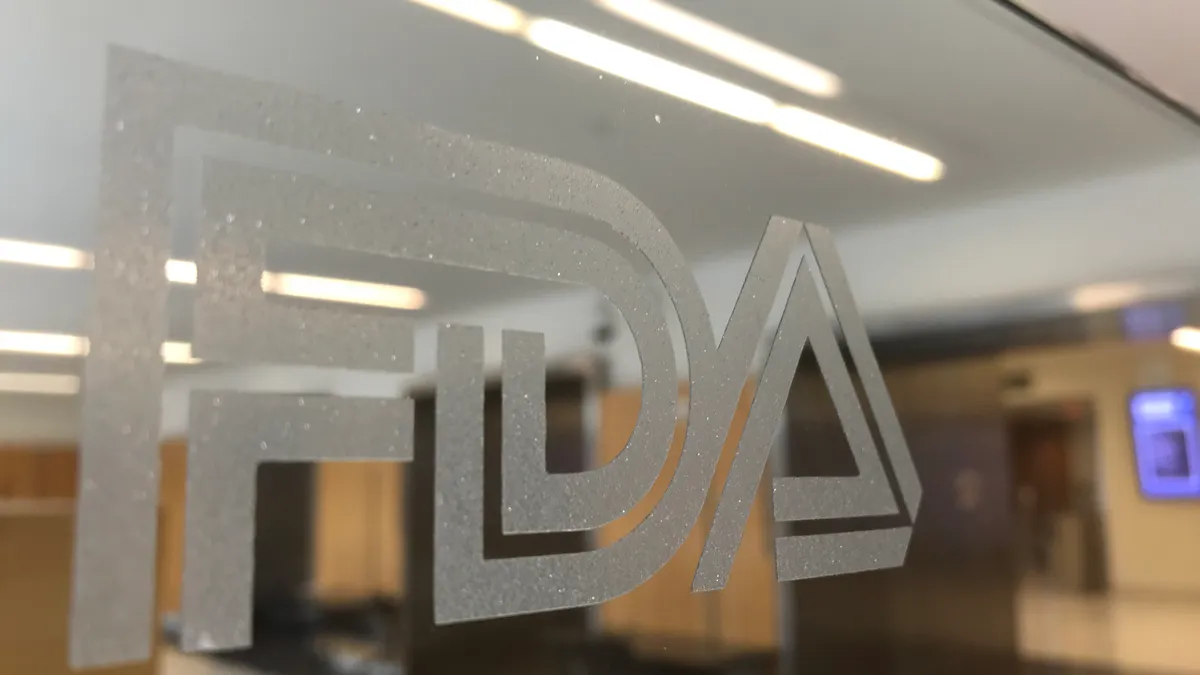UPDATE: Feb. 7, 2022: After a six-week hiatus, the FDA today resumed conducting domestic surveillance inspections due to the decline in COVID-19 cases across the U.S. The agency in late December implemented temporary changes to its inspectional activities as the omicron variant surged in the U.S., extending the freeze last month and ultimately deciding to resume domestic inspections.
FDA on Friday announced that it continues to conduct both foreign and domestic mission-critical inspections in addition to the resumption of the planning and performing of domestic surveillance inspections.
The agency's inspection halt, initiated in response to the rapid spread of the omicron variant in late December, was meant to ensure the safety of FDA's employees as well as the companies it regulates. At the time, FDA also postponed the planning of prioritized surveillance foreign inspection assignments that were scheduled to begin in February.
However, FDA on Friday said it continues to proceed with "previously planned foreign surveillance inspections that have received country clearance and are within the Center for Disease Control and Prevention’s Level 1 or Level 2 COVID-19 travel recommendation," and that "planning for additional foreign surveillance inspections is ongoing, with an anticipated goal of conducting foreign prioritized inspections starting in April."
FDA's inspection halt comes eight months after the agency shared its plan for restarting facility inspections, while warning that the backlog that has built up during the pandemic will persist into 2022.
Dive Brief:
- FDA's effort to resume facility inspections is going better than expected, with the number of human and animal medical product visits running 34% above the base-case forecast.
- The update, which comes six months after FDA shared its plan for restarting facility inspections, lacks data on the number of medical device inspections performed by the agency in recent months, with FDA only dividing the overall dataset up into two categories: human and animal food, and human and animal medical products.
- However, the update does feature some evidence of progress at the device division, with the number of application decisions delayed solely because of pending facility inspections or assessments falling from seven to one between March and September.
Dive Insight:
In May, FDA released its plan to start chipping away at the backlog of 15,000 domestic surveillance inspections across all of its divisions. The device unit accounted for 2,000 of the outstanding domestic surveillance inspections, plus a backlog of 424 foreign site visits.
As the device department had a bigger backlog than the rest of the FDA's human and animal medical products and tobacco groups combined, the progress revealed in the latest update suggests that the medtech industry is a big part of the uptick in activity at the agency.
In its 2021 financial year, FDA did 1,139 human and animal medical product domestic surveillance inspections, easily beating its base-case target of 851 assessments. However, the level of activity still falls short of FDA's best-case scenario, which forecast 1,613 inspections, and means the agency failed to complete more than 2,000 of the fiscal 2021 domestic visits that were outstanding as of March.
The shortfall in foreign inspections was even more pronounced, unsurprisingly given the restrictions on overseas travel that remained in place during the analyzed period. FDA's Medical Devices and Radiological Health unit carried out four foreign inspections from April to September. As of March, the unit faced a backlog of 424 foreign surveillance inspections.
FDA has tried to mitigate the impact of restrictions on its inspection activities by performing remote assessments and working with state, local, tribal, territorial and foreign partners. The agency did more than 800 remote regulatory assessments from April to September, including 200 inspections of foreign facilities, but is yet to share a breakdown of the data by product type.
With the backlog persisting into its 2022 financial year, FDA intends to reprioritize delayed inspections as the agency plans its routine surveillance activities for the months ahead. Surveillance inspections will be "considered under established risk models," FDA said, and work on a plan for resuming prioritized foreign inspections is underway.
The update comes after Jeff Shuren, director of FDA's Center for Devices and Radiological Health, has cautioned about staff burnout due to increased workloads throughout the pandemic. On multiple occasions, Shuren has said that the agency is dealing with significant workloads and backlogs are building up as COVID-19 priorities are adding to, and in some instances pushing back, traditional work that continues to come in.
CDRH was hoping to "reset" in 2021 and address a list of priorities the center had last year, according to Shuren. However, the ongoing pandemic has prolonged a return to normal operations and pushed the center to its limits.
"Our folks gave all they had and more to get the job done, but they have been burned out as a result," Shuren said in July.
Greg Slabodkin contributed reporting.










